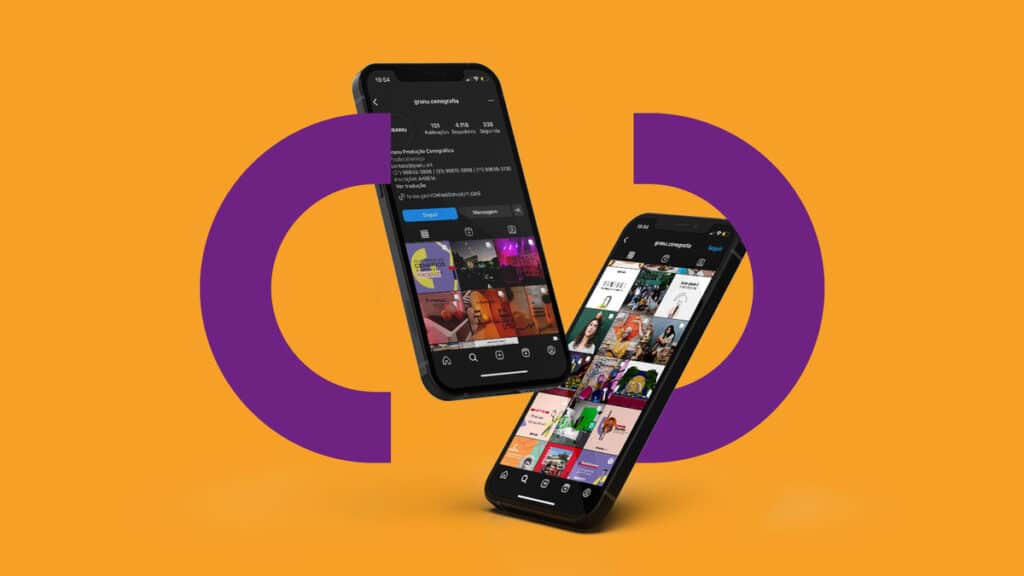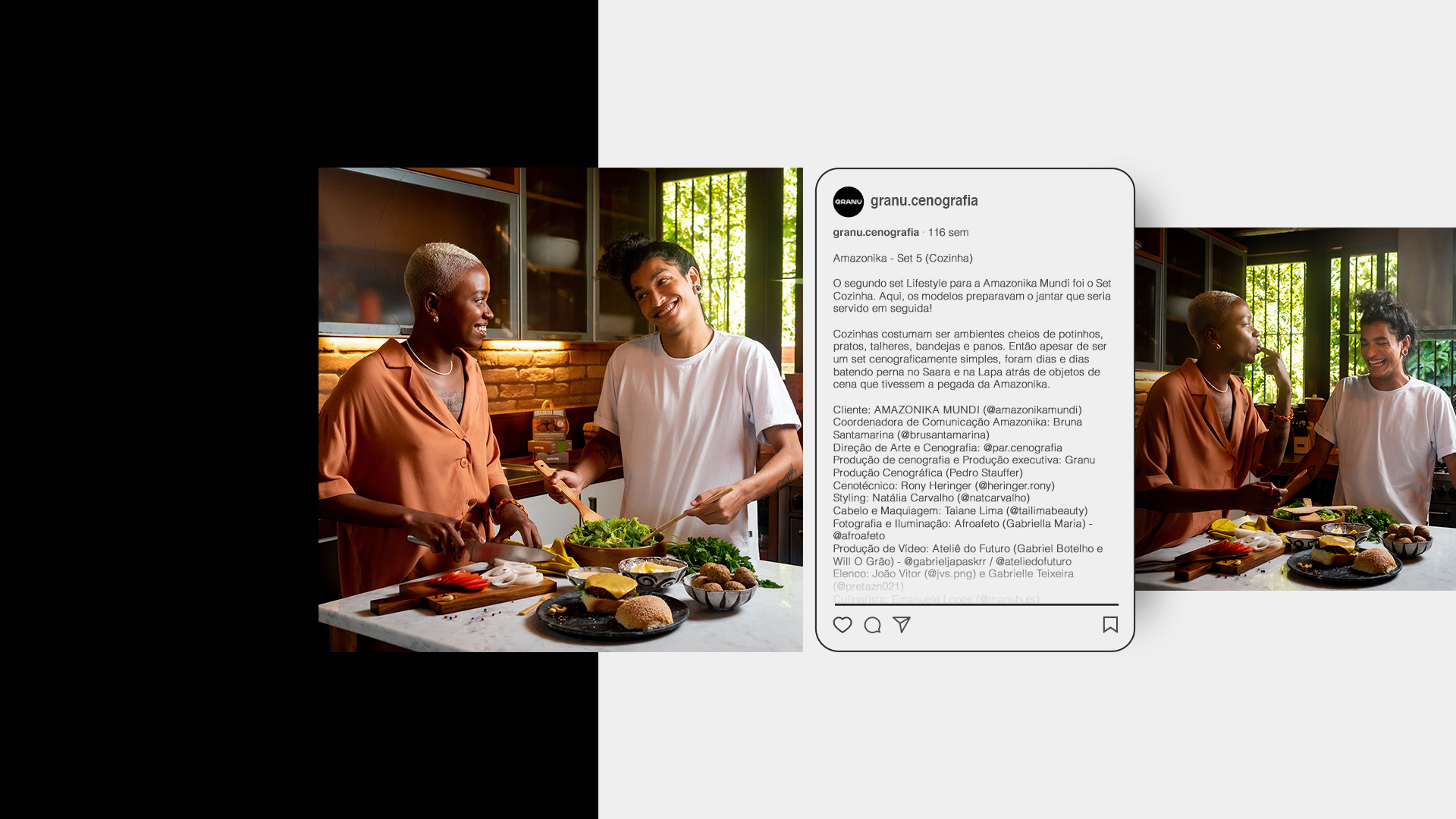
Granu
Granu is a Scenography Production company founded by Pedro, from Minas Gerais who was moving from Rio de Janeiro to Belo Horizonte and wanted to bring his production company to the capital city to launch the new brand. With a visually established brand, well-defined graphic elements, color palette, fonts, and other essential items, we engaged in a co-creation process of content strategy, initially focused on Instagram and later extended to different social media platforms.
RESPONSIBILITIES


STRATEGY
The strategy involved defining a consistent visual and verbal language that conveyed the brand’s essence and its founder. Reinforcing the idea of a hassle-free scenic design is one of the elements the company focuses on in positioning and sales discourse, as the production is known for dealing with many unforeseen circumstances and needs to convey the ability to respond to this need.
Visual Language: Scenic Design is a service closely associated with aesthetics and visual arts, serving a very decorative function, where visuals are crucial to convey trust and reinforce the brand’s quality attributes. With that said, we defined a “feasible” visual style within the production capabilities and backstage language for the photos and videos of the setups.
Storytelling: We defined the essence of content as the ability to tell the story behind each project and scenario, showing the process, bringing the idea of the beginning, middle, and end of the clients the production company already had through carefully selected backstage videos and photos and completed projects, with a “teaser” language, alternating between carefully selected pictures and videos and a sequence of posts that could build anticipation for what’s to come, maintaining audience attention and retention by releasing updates of the same project gradually.
The tone of Voice: We defined a friendly, relaxed tone of voice, yet careful and professional. In captions and texts, the founder’s personality adopted, significantly reinforced, and naturalized this language. We created story scripts focused on behind-the-scenes, encouraging the audience to ask questions ranging from technical aspects of the scenic design process to build closeness and trust to questions and fun moments with clients and collaborators, which helped humanize the brand.



RESULTS
NUMBERS
+300 thousand impressions in 3 months
Engagement rate of 11%

TEAM
Creative Direction & Strategy: Renato Coelho

